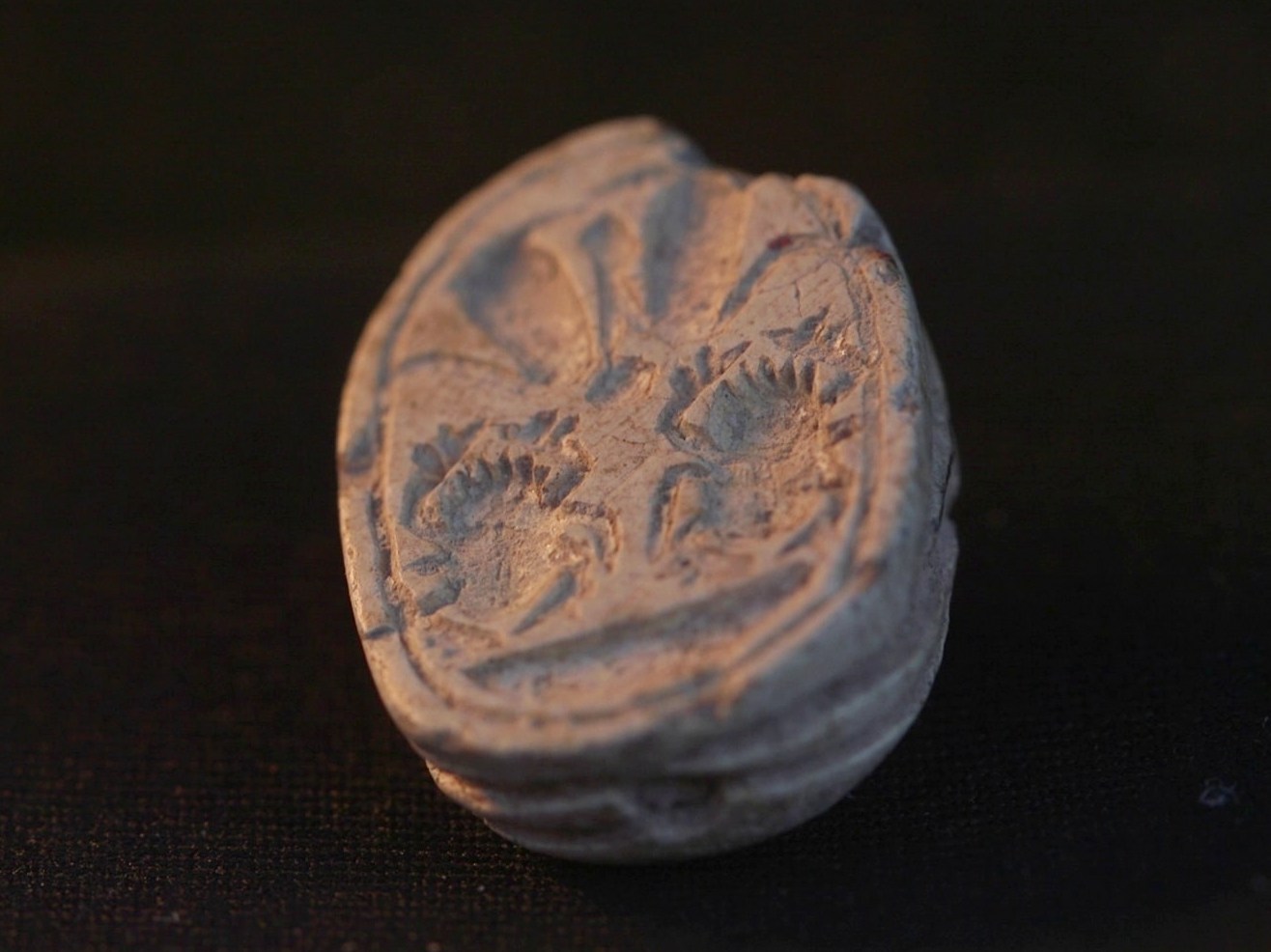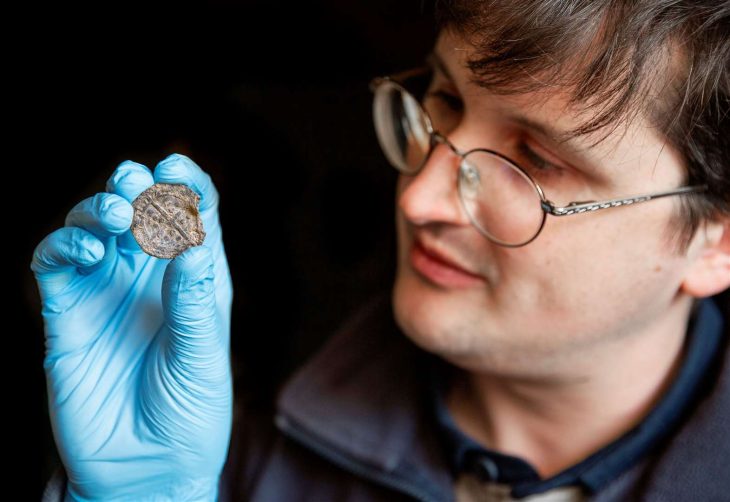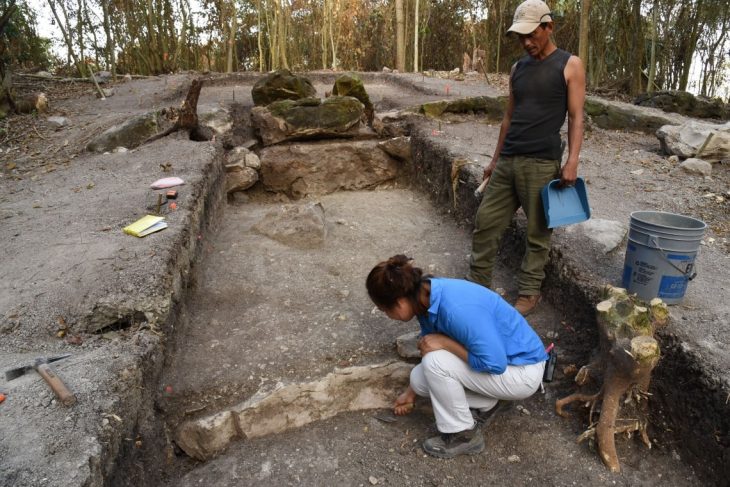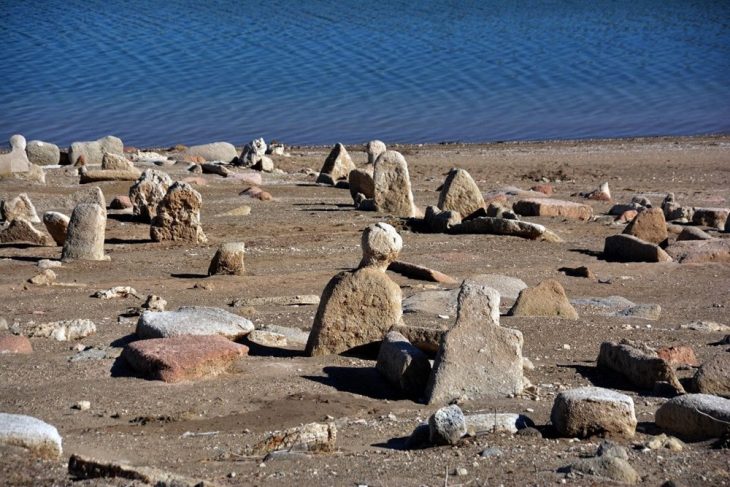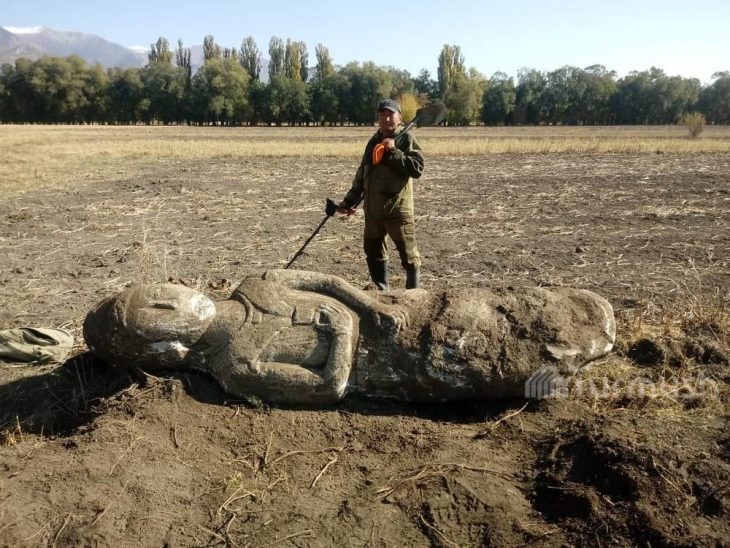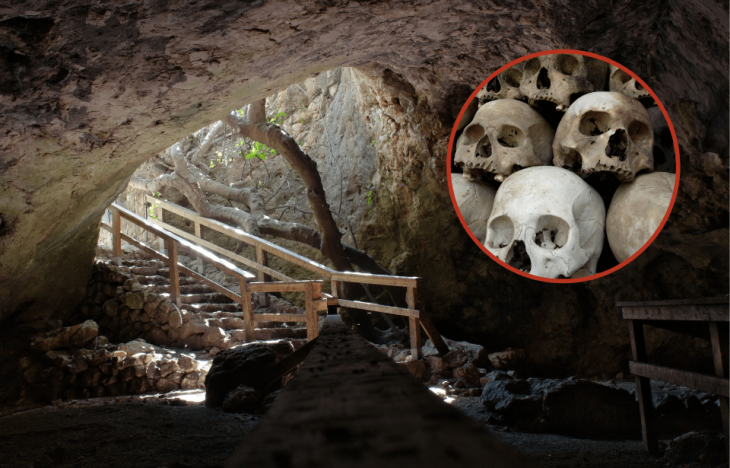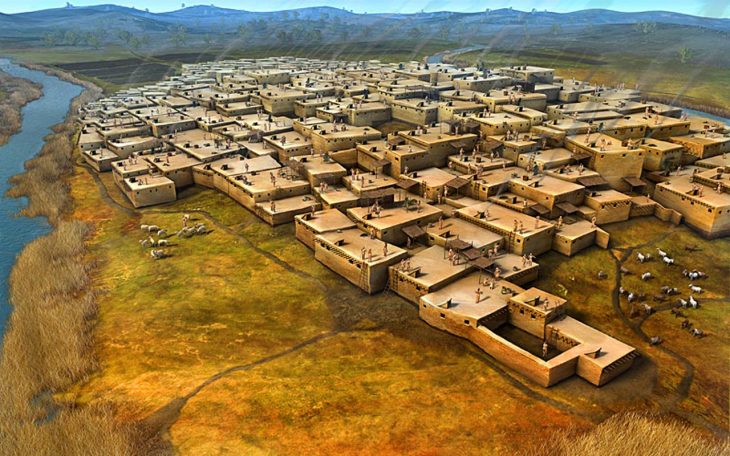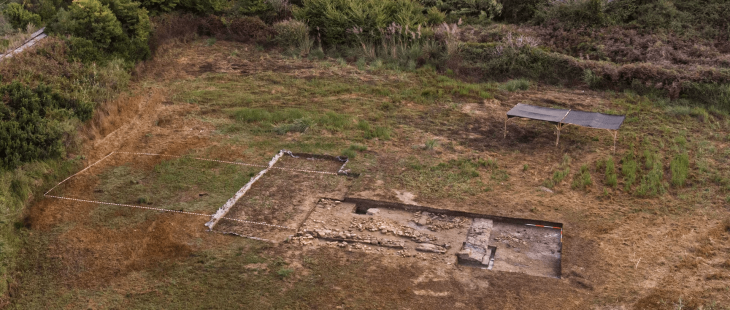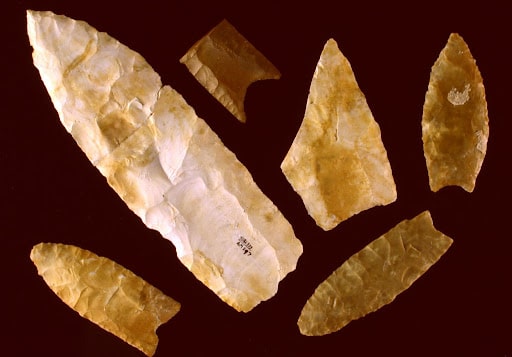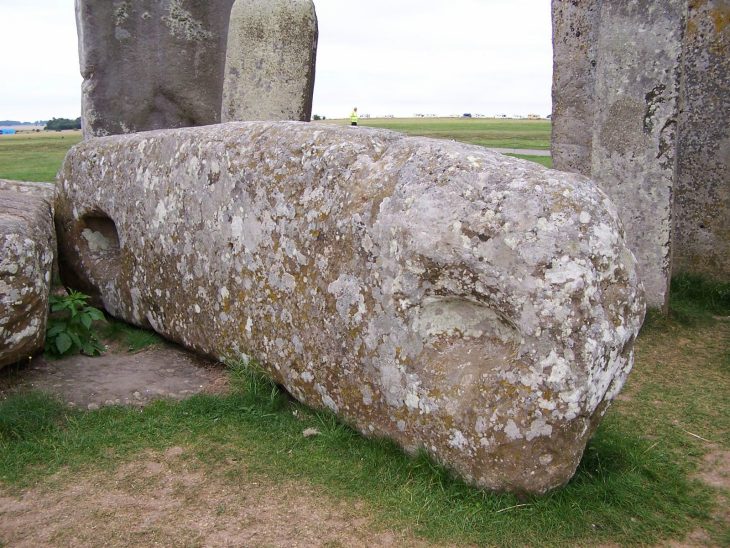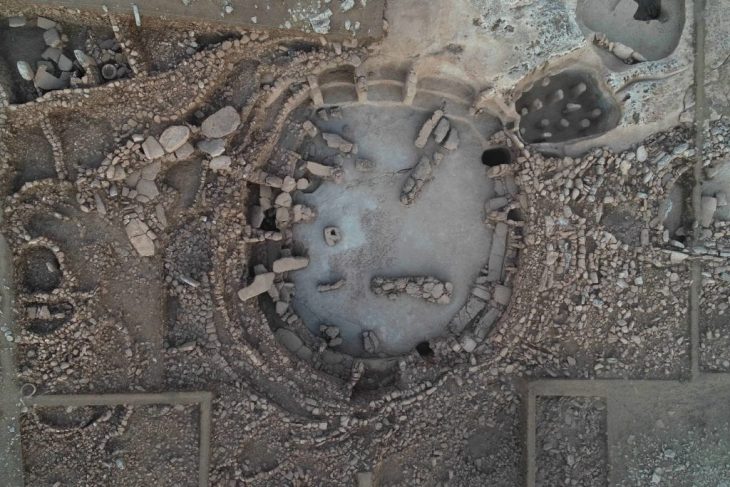At the site of the famous battle between David and Goliath, a three-year-old girl named Ziv Nitzan discovered a scarab-shaped Canaanite seal dating back 3,800 years while hiking with her family at Tel Azekah, near Bet Shemesh. The Israel Antiquities Authority (IAA) announced this exciting discovery on Tuesday, highlighting the significance of the find.
Ziv, who hails from Moshav Ramot Meir, was exploring the area with her parents and two older sisters when she noticed a small stone that caught her attention. “We were walking along the path, and then Ziv bent down – and out of all the stones around her, she picked up this particular stone,” her sister Omer recounted. After cleaning the stone, the family realized it was not just an ordinary rock but a significant archaeological artifact. They promptly reported their discovery to the IAA.
The scarab amulet, which has its roots in ancient Egyptian culture, symbolizes renewal and rebirth. Dr. Daphna Ben-Tor, an expert in ancient artifacts, explained that scarabs were commonly used as seals and amulets during this period. They often featured symbols and messages that reflected the religious beliefs and social status of their owners.
Upon examination, Dr. Ben-Tor confirmed the amulet’s connection to the Canaanites, an ancient civilization mentioned in biblical texts and historical records. These people inhabited the Levant and were known for their city-states ruled by local kings. Tel Azeka itself is historically significant, as it is referenced in the Bible as the site of the legendary battle between David and Goliath.
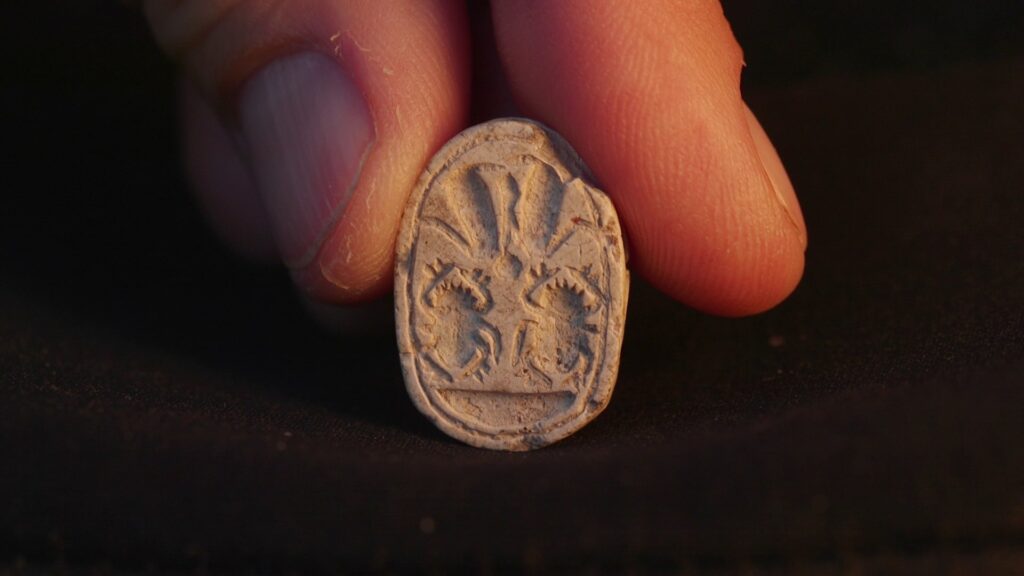
This iconic battle, described in the biblical text of 1 Samuel 17, tells the story of a young shepherd named David who defeats the giant warrior Goliath with a single stone from his sling, symbolizing the triumph of faith and courage over seemingly insurmountable odds.
The excavation at Tel Azeka has been ongoing for 15 years, led by researchers from Tel Aviv University. Prof. Oded Lipschits, the excavation director, noted that the site was once a thriving city during the Middle and Late Bronze Ages. The discovery of Ziv’s scarab adds to a wealth of artifacts found in the area, showcasing the cultural exchanges between Canaan and Egypt during that era.
In recognition of her remarkable find, the IAA presented Ziv and her family with a certificate of appreciation. The scarab will be displayed in a special exhibit at the Jay and Jeanie Schottenstein National Campus for the Archaeology of Israel in Jerusalem, alongside other significant artifacts from ancient Egypt and Canaan.

As the IAA prepares for the upcoming exhibit, Director Eli Escusido expressed excitement about showcasing impressive items, including pharaonic seals and ritual vessels, that highlight the rich cultural history of the region. This discovery not only enriches our understanding of ancient civilizations but also serves as a reminder of the wonders that can be found in our own backyards.
Israel Antiquities Authority (IAA)
Cover Image Credit: The seal from Tel Azekah. Credit: Emil Aladjem, Israel Antiquities Authority

